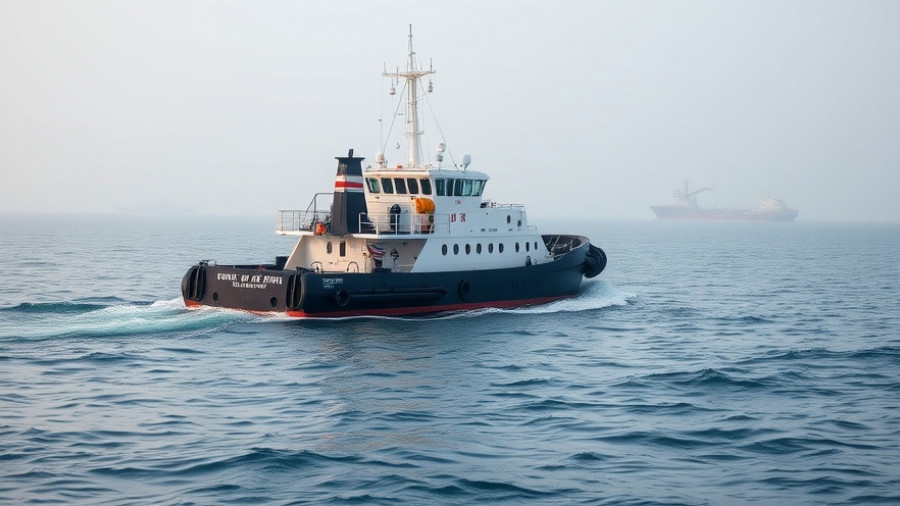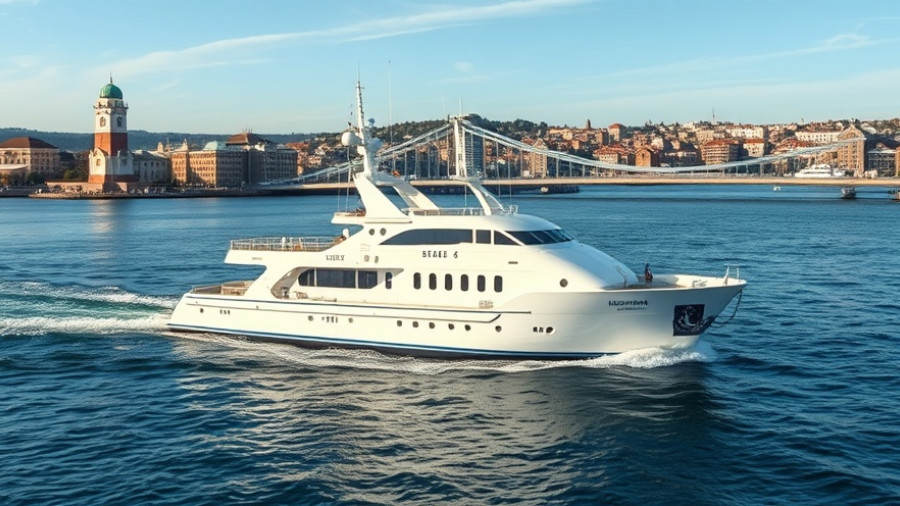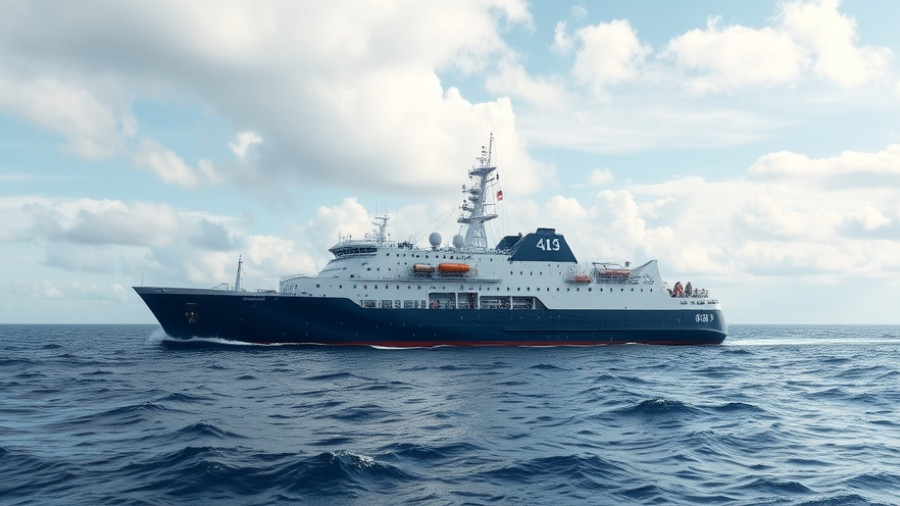
Transforming Offshore Transport: Bourbon's Next-Gen Solution
Bourbon, a leader in offshore services, is set to revolutionize personnel transportation in Angola's oil and gas industry with the upcoming delivery of cutting-edge crewboats. This strategic partnership with ExxonMobil emphasizes not just the innovation in design but an unwavering commitment to sustainability.
Why the Change? The Need for Enhanced Efficiency
The decision to replace the existing 32-meter fleet with new 34-meter vessels underscores a critical necessity in the offshore sector: enhancing passenger capacity, comfort, and energy efficiency. Bourbon's new crewboats will feature modern amenities, including seating for 60 passengers and upgraded cargo space, elevating the standards of offshore transportation. With the industry's growing focus on sustainability, cutting fuel consumption by 10-15% is a significant advantage that aligns with global energy trends.
The Technical Advantages of New Design
Designed by MAURIC, a renowned French naval engineering firm, these crewboats present several advanced features such as a redesigned navigation bridge that significantly improves visibility. This attention to detail is crucial for safety and operational efficiency, given the challenges that come with maritime navigation. Additionally, the vessels can cruise at impressive speeds of 38 knots, demonstrating a blend of power and efficiency that is pivotal in today’s fast-paced oil and gas sector.
Scontinuing Partnership: Bourbon and ExxonMobil
“This contract confirms the solidity of our partnership with ExxonMobil,” stated Nicolas Elizon, Operations & New Buildings Director of Bourbon Mobility. Such words highlight the robust relationship fostered by a shared vision of sustainability and innovation. With each new vessel, both parties signal their dedication to meeting operational demands while addressing environmental responsibilities, a key priority for companies amid growing scrutiny over carbon footprints and marine ecological impacts.
Broader Industry Implications: What’s Next for Offshore Services?
This new charter agreement may set a precedent for related industries looking to modernize their fleets. As other service providers observe Bourbon's advancements, competition might push further innovations in vessel design, technology, and energy efficiency standards across the fleet. The implications extend beyond just operational improvements—this is also a step towards addressing the continent's infrastructure challenges in not only Angola but other frontier regions exploring offshore possibilities.
Conclusion: Navigating Towards a Sustainable Future
The introduction of Bourbon’s next-generation crewboats represents a significant stride in modernizing the offshore workforce transport. As the global push for cleaner energy sources intensifies, the oil and gas industry must adapt with innovative technologies that support environmental goals. The arrival of these advanced vessels in 2027 will be closely watched, setting benchmarks for performance, safety, and sustainability in maritime operations.
Understanding the direction of such technological advancements equips industry stakeholders with the insights necessary to remain competitive and responsible in their operations.
 Add Row
Add Row  Add
Add 




Write A Comment